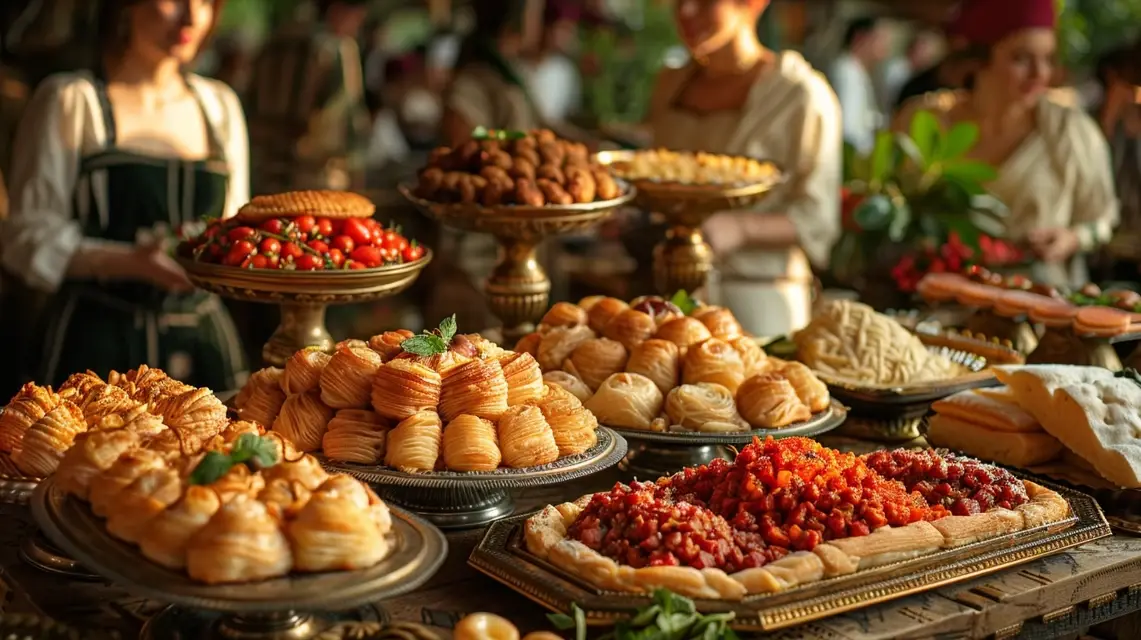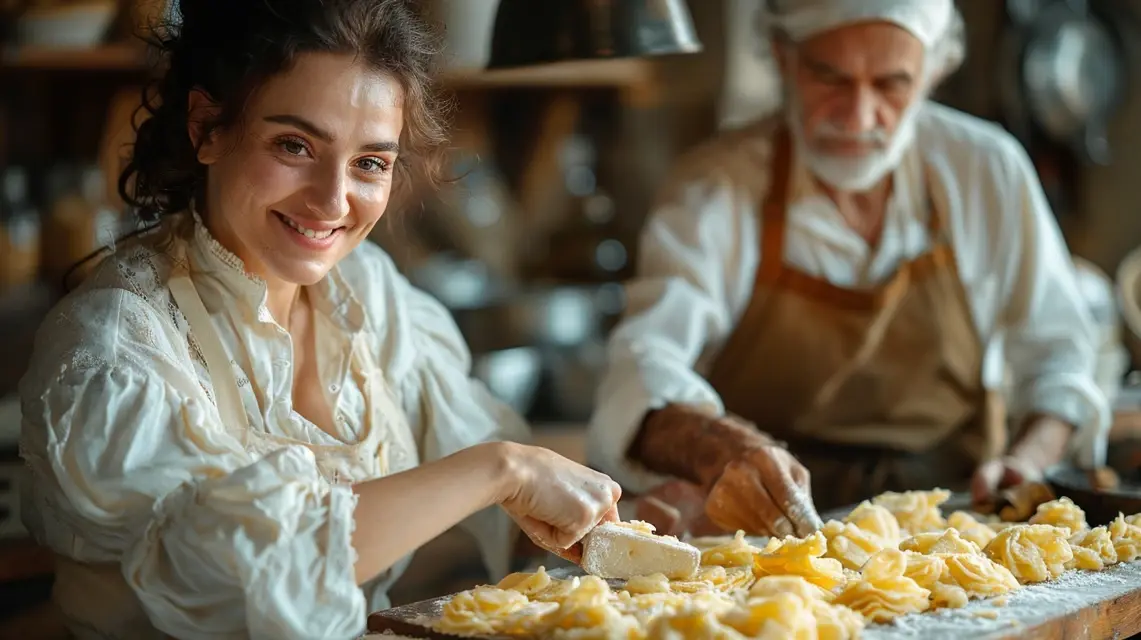Kataifi at Religious and Cultural Festivals
Across the Mediterranean and Middle East, festivals are marked not only by music, rituals, and gatherings but also by food that binds communities together. Among the desserts that consistently appear at such occasions, kataifi holds a cherished place. With its golden pastry threads, nut-filled layers, and sweet syrup glaze, kataifi is a dessert that reflects joy, unity, and tradition at religious and cultural festivals.
The Role of Kataifi in Religious Festivals
Kataifi is often tied to religious observances, where food symbolizes gratitude, renewal, and togetherness. Its sweetness represents blessings, while its elaborate preparation honors the sacredness of the occasion.
Festivals Where Kataifi Shines
Kataifi is commonly enjoyed during:
- Ramadan and Eid: Served after evening meals to break the fast, symbolizing abundance and gratitude.
- Greek Orthodox Easter: A festive dessert that complements family feasts following the Lenten season.
- Name Days and Saint Feasts: Offered to guests as a sweet gesture of celebration and respect.
Kataifi in Cultural Festivals
Beyond religious settings, kataifi is also central to cultural festivals. In village fairs, community events, and seasonal markets, large trays of kataifi are baked and shared, turning the dessert into a unifying symbol of joy and heritage.
Street Festivals and Community Gatherings
During cultural festivals, kataifi is often prepared in open-air settings, allowing visitors to watch as pastry strands are filled, rolled, and baked. This interactive process enhances its role as a dessert of performance as much as flavor.
The Symbolism of Kataifi at Festivals
Kataifi embodies key values celebrated during festivals:
- Sweetness of life: Representing joy and prosperity.
- Generosity: Shared in abundance among family, friends, and strangers.
- Tradition: A reminder of cultural heritage and ancestral recipes.
Modern Adaptations in Festival Settings
In today’s festivals, kataifi continues to evolve. Some versions are presented in bite-sized portions for easy sharing, while others include modern fillings like chocolate or fruit. These innovations keep the dessert fresh while preserving its symbolic role in celebrations.
Conclusion: A Dessert That Honors Tradition
Kataifi’s enduring presence at religious and cultural festivals reflects its role as more than a dessert. It is a symbol of faith, community, and the joy of shared celebration. Whether enjoyed at Ramadan feasts, Easter gatherings, or cultural fairs, kataifi remains a dessert that brings people together through tradition and sweetness.
Related reading: Discover more cultural dessert insights in our Kataifi Dessert Traditions section.




